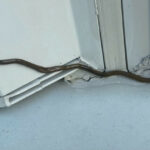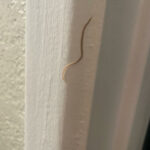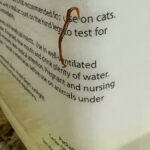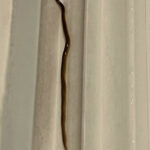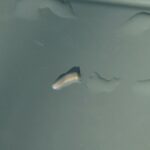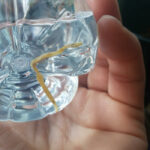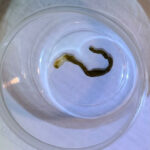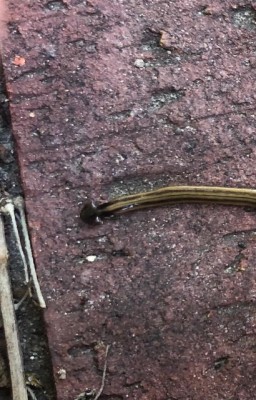There are roughly 20,000 species of flatworms in existence today and they can be found just about anywhere in the world. Flatworms are either free-living or parasitic. Flatworms (Red Planaria) can be microscopic or several feet long. The flatworm is typically rust-colored and thin and it has no skeleton or formal respiratory system. The flatworm is considered the simplest of all worm groups.
Although the flatworm is considered the simplest of all worm groups, unfortunately, there is nothing simple about getting rid of them if they have invaded your aquarium. One of the main obstacles with flatworm control is the alarming rate at which they reproduce. All they have to do is split in two to multiply. There are no mating rituals and no eggs to hatch. When the flatworm splits, it immediately forms a new flatworm, until you have thousands of flatworms in your system. What’s worse is, flatworms feed on fish skin and eyes, so all of the fish in your system will eventually die.
To get rid of flatworms, a freshwater bath is a decent first step. But it is important to note that this is only a short-term solution. The flatworms will eventually return in a few weeks to a few months. When they return, you will have to try another freshwater bath, plus chemical controls.
A wide range of chemicals are available today to help combat flatworm infestation in systems, but many of them are not that effective. Malachite green, which is banned in the U.S., and Paracide F (formalin 37%) are effective at killing flatworm infestations, but again, the effect is short-term, as the flatworms will keep coming back if even one is left behind. Copper has been shown to reduce the reproductive success of flatworms, but it does not completely stop them from reproducing. Fortunately, one treatment is available that seems to work long-term. It is currently attracting a significant amount of attention in the industry. Its called Salifert Flatworm Exit.
When used correctly, Salifert Flatworm Exit should kill all flatworms, and according to tests and numerous consumer reviews, the flatworms will not return. To successfully kill flatworms, begin by siphoning out any flatworms in the system. It is important to siphon every area of the system including any crevices, which are excellent hiding places for flatworms.
In some cases, consumers forget that flatworms may be hiding in crevices, so they neglect to siphon them out. This means that after killing the flatworms, you may notice that they return rather quickly. This is because some of them never left! It is recommended that you use a vacuum, turkey baster or powerhead to siphon out flatworms before and after treating the system. You must siphon out all dead flatworms following treatment because the flatworms body juices are toxic and can kill your fish.
Besides siphoning out as many flatworms as possible before treating your system, you should also keep sufficient fresh activated carbon in a canister ready and turn off UV, ozone and remove activated carbon. It is important to keep the skimmer turned on.
While Salifert Flatworm Exit is safe for most fish and invertebrates, it may have a corrosive effect on some sea animals. It will not kill your sea animals or fish, but it can corrode the skin. Fortunately, the skin will regenerate eventually. For more details about how to use Salifert Flatworm Exit and information on how to purchase, visit Marine Depot at www.marinedepot.com.
All About Worms is always free, always reader-supported. Your tips via CashApp, Venmo, or Paypal are appreciated! Receipts will come from ISIPP Publishing.



